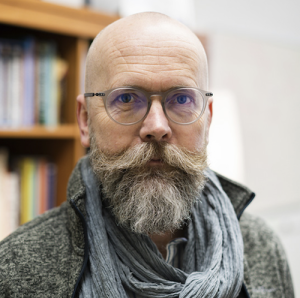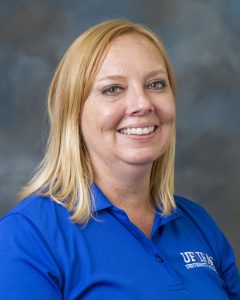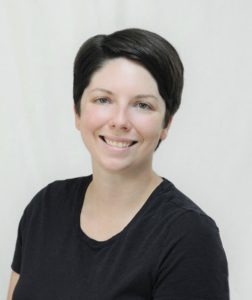
FORT PIERCE, Fla.—To usher in National Invasive Species Awareness Week, scientists in Florida—the epicenter of invasive plant and insect infestations—will host Matthew Thomas, a leader who was hired to head the more than 120 researchers working with invasive species statewide.
Thomas directs the UF/IFAS Invasion Science Research Institute, the university’s young and rising force to investigate, control and monitor surroundings rife with invasive organisms.

“We are excited to host Dr. Matthew Thomas here at the Biological Control Research and Containment Laboratory, especially during Invasive Species Awareness Week,” said Carey Minteer, assistant professor at the UF/IFAS Norman C. Hayslip Biological Control Research and Containment Laboratory.
“Our world-class faculty and research facilities here on the Treasure Coast allow us to tackle some of the worst invasive species that impact Floridians daily and it is important to connect with the broader invasive science community in the state.”
Minteer said Thomas will also tour the Florida Medical Entomology Laboratory in Vero Beach, Florida.
The Hayslip lab is one of only a few facilities in the state where insects from foreign exploration are brought back to Florida and isolated for study. The UF/IFAS scientists find an invasive species’ native environment and then travel there to identify the plant or insect’s natural enemy–an insect that feeds on the plant or insect. Scientists study the species inside the secure lab for possible release into Florida, where they will control invasive plants and insects that degrade native habitats. Minteer and Nicole Quinn lead the lab’s research programs.

“Here at the Biological Control Research and Containment Laboratory, we work on classical biological control, which provides long-term economically and environmentally sustainable management of the most challenging and damaging invasive species,” said Quinn, assistant professor of entomology.
“My work in conjunction with collaborators on the classical biological control of Lebbeck mealybugs aims to support the viability of citrus and ornamental production in the state, which faces many threats,” Quinn said. “Our work in the laboratory and the field supports the University of Florida’s land grant mission of serving stakeholders throughout the state.”
For Thomas’s visit, Quinn and Minteer said they would lead him on a tour of the nearly 17,000 square-foot Hayslip lab, two non-quarantine research laboratories and offices — one for invasive plant science, a second for insect science. The group will then enter the quarantine section of the laboratory, which features six high-security greenhouses, labs, insect-rearing rooms and water and solid waste treatment features for the laboratory and its high-security measures. Thomas will also meet with other scientists and students at the center.
“Florida is ‘ground zero’ for invasions. It has the highest concentration of invasive species in the United States, despite spending $100 million per year by the state, and $265 million per year, by the agriculture and forestry sectors, to control invasive plants alone,” said Thomas in a news release published in August 2022 by UF/IFAS public relations manager Lourdes Mederos. “Yet this ongoing challenge also creates a unique opportunity to utilize Florida as a living laboratory and transform invasion science, research, teaching, and outreach.”
Source: UF/IFAS Pest Alert
Note: All images and contents are the property of UF/IFAS.



